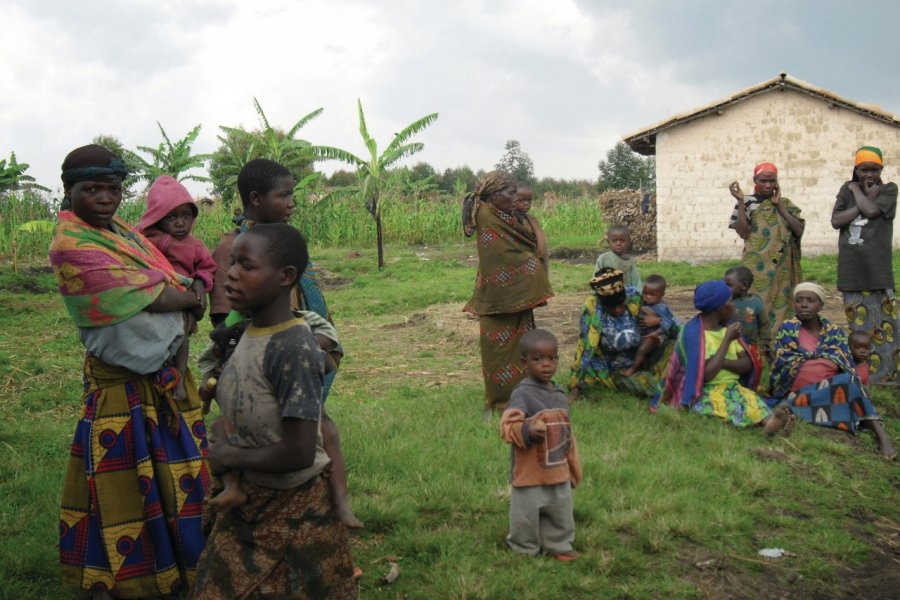Travel Guide Muramvya
Find an accommodation
Advertising
As such, Muramvya is not an urban centre of great interest. A few thousand inhabitants, shops, a high school, a hospital (Chinese medical mission), churches and a mosque, a rather mundane configuration in the country.But the importance of Muramvya is especially symbolic, and to stop there, it is a bit breathing the air of a bygone time that excites imagination. Indeed, it cannot be ignored that the locality was the most sustainable of the country's monarchical capitals, first of all in the pre-colonial era when it was in the ranks of the kings of the kings (from the 1950 th century) and then in colonial times when it remained capital of Mwambutsa until the mid s. It was in Muramvya that the kings were inducted in a ritual that led them from hill to hill until the last in 1966, Ntare Ndizeye.The visit of Muramvya is therefore that of a set of places attached to the ancient history of the country, which will not see material traces on site, but rather vegetable footprints. On the central hill, we can indeed see the remains of the «sacred groves» (ibigabiro) of Gisabo, as well as the house where Mwambutsa lived, transformed into a military camp. It also says that here are the foundations, now invisible, of the shrine of the Karyenda drum.
What to visit Muramvya?
Advertising
Suggested addresses Muramvya
Weather at the moment
Advertising
Organize your trip with our partners Muramvya
Transportation
Book your plane tickets
Car Rental
Boat rental
Accommodation & stays
Find a hotel
Holiday rental
Find your campsite
Tailor-made trip
Immersion travel
Services / On site
Activities & visits
Find a doctor






